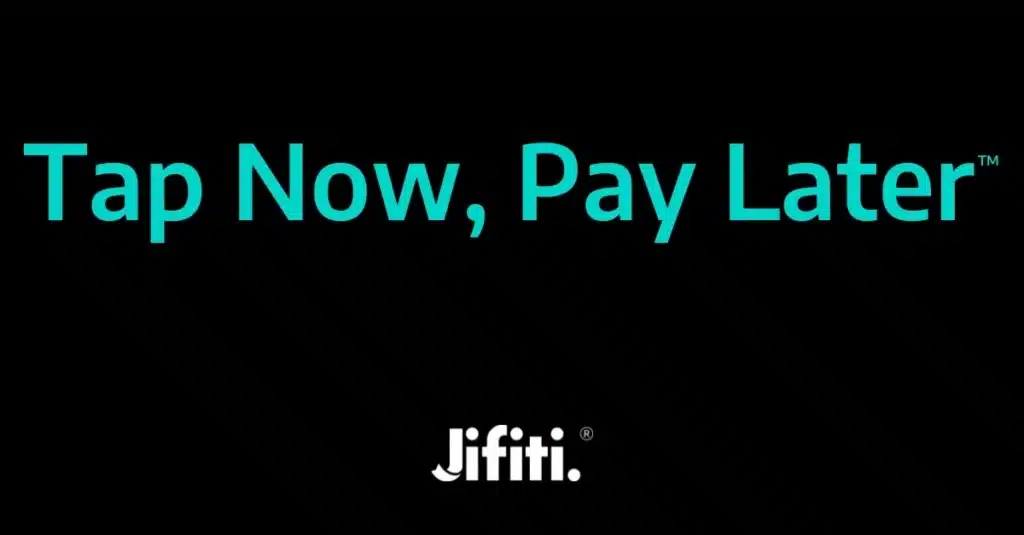Jifiti, a provider of embedded-financing solutions, is giving a new twist to the buy now, pay later trend with the introduction of Tap Now, Pay Later, a financing tool for large-ticket purchases. Examples include home-remodeling projects, in which funds are loaded into a consumer’s digital wallet via a virtual credit card.
Jifiti created Tap Now, Pay Later as a way to make consumer financing for big-ticket purchases more readily available to consumers by piggybacking on the familiar concept of BNPL loans. BNPL typically requires consumers to repay the loan in four installments. In the case of Tap Now, Pay Later, loans are paid over the course of a year or longer, depending on the terms set by the lender.
“Pay in 4 works for certain purchases, such as buying shoes, but not necessarily for a $15,000 purchase, especially if the consumer’s cash flow is tight,” says Jifiti chief executive Yaacov Martin.

To apply for a Tap Now Pay Later loan, consumers scan a QR code with a mobile phone. That connects them to an online application. To make the application process easier, Jifiti has reduced the required data fields to eight. Merchants can display the QR codes at the point of sale, throughout the store, or place them in ads.
After a loan is approved, a virtual credit card containing the funds is downloaded to the consumer’s digital wallet. Consumers then present the card for payment at the time of purchase. Funds are not disbursed by the lender until the card is presented for payment. Consumers can spend all the funds in a single purchase or across several purchases, depending on the terms of the loan.
“We see digital wallets as a payout method that serves as a bridge to the payment, which in this case is the loan,” Martin says.
Jifiti, which offers embedded-financing solutions in 12 countries, provides financing in the United States through several financial institutions, including Citizens Bank.
Leveraging digital wallets for embedded financing is a logical step because a wide range of consumers is making use of digital wallets. “It’s not just Gen Zers that are adopting digital wallets any more,” says Thad Peterson, a strategic advisor for Datos Insights, a financial-services advisory. “With so many consumers using digital wallets, it makes a lot of sense to have a lending vehicle that moves money directly into the wallet.”
One advantage of using QR codes to initiate the application process is that consumers don’t have to apply for a loan at the point of sale, which can spare them the embarrassment of being turned down for a loan at checkout, Martin says. “Consumers can also know what their spending power will be before walking into the store,” he adds.
Streamlining the application process can also increase consumers’ utilization of credit. According to Jifiti, up to 30% of consumers who see ads to apply for credit when making a purchase opt not to apply out concern the process is too complicated or lengthy.
“Any time you can reduce friction from the loan-application process makes it more likely that sales will increase,” Peterson says.





